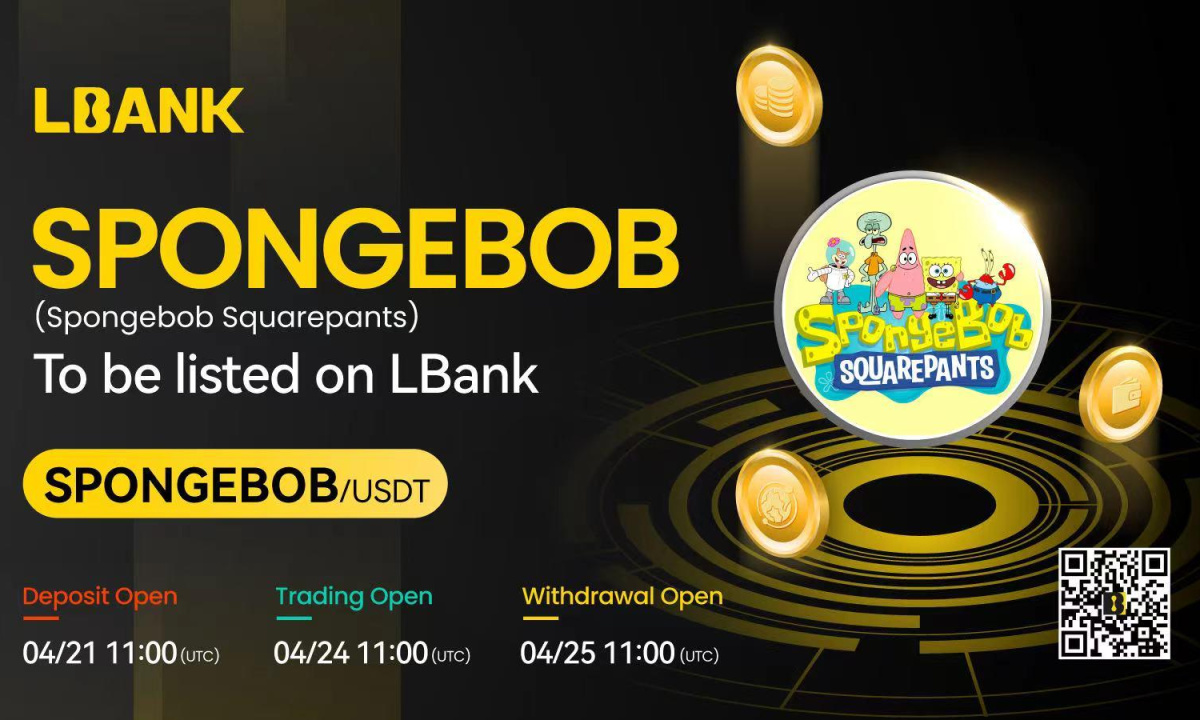The bank owned currency trading utility CLS has gone live with their blockchain based payment netting service along with IBM after two years of continuous development.
Two of the biggest banking firms in the world, Morgan Stanley and Goldman Sachs are the first firms to use the newly launched CLSNet with six more participants from North America, Asia and Europe including the Bank of China (Hong Kong), committed to joining in the next few months.
The managing director for technology at CLS, Ram Komarraju spoke to CoinDesk on the matter and said that the system is up and running and said:
“We have matched and confirmed the first transactions and successfully issued a netting report to the counterparties.”
As well as the food tracking blockchain IBM Food Trust that was launched in October and the trade finance platform we.trade, which came live during June this year. CLSNet is the third blockchain consortium powered through the technology in IBM to go into production this year.
With this in mind, there aren’t many enterprise distributed ledger technology projects out there of any merit to getting this far so it’s an impressive milestone.
The general manager at IBM BLockchain, Marie Wieck stated in a recent press release:
“With CLSNet now in production with two of the world’s largest banks, for a major market function, it is a testament to the ongoing maturity of blockchain technology and the value that it can deliver in practice.”
For the launch of CLSNet, Wieck said:
“The first post-trade production deployment of blockchain technology in a global market utility.”
Though it isn’t a household name as of yet, CLS provides critical plumbing to the foreign exchange, or forex, markets. After being founded over a decade ago in 2002, it militates settlement risk for participating banks with a payment versus payment service, in which both sides are free to trade at the same time.
The objective for the new platform is to fix current issues in the forex market, such as a lack of standardisation and automation. A good example is the limited number of participants currently net trades with one another on a regular basis. According to IBM and CLS, even when they do, they are often for a need to manage the process manually.
What are your thoughts? Let us know what you think down below
Investment Disclaimer






